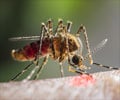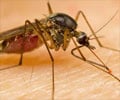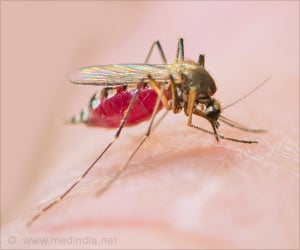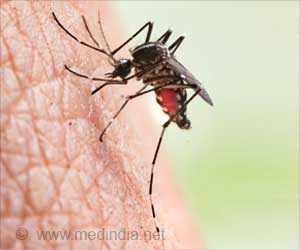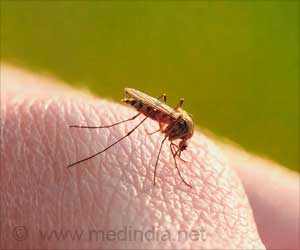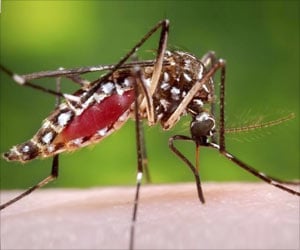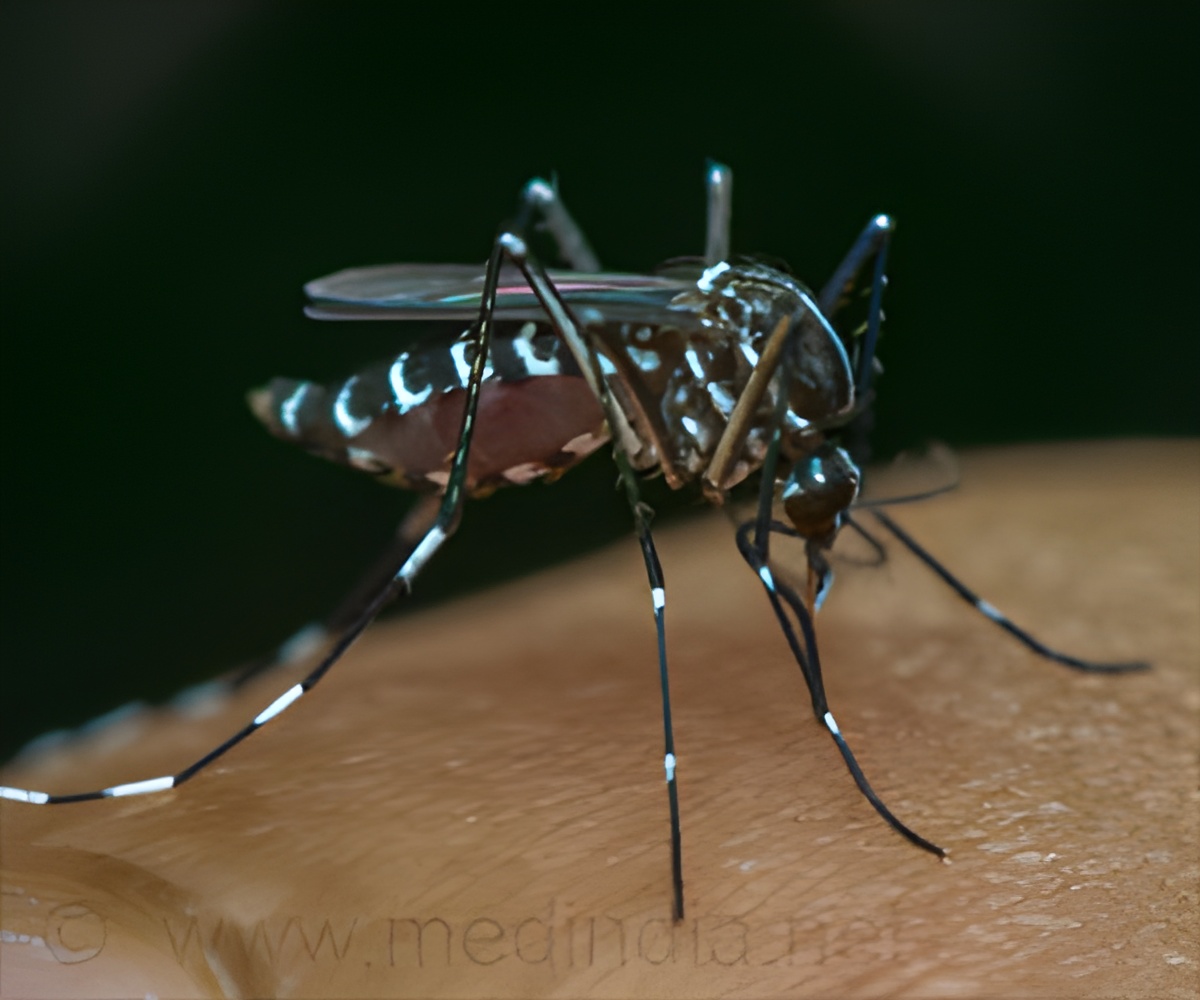
‘Aedes aegypti are more efficient at acquiring and spreading the disease than Asian tiger mosquitoes.’
Tweet it Now
Researchers from the Connecticut Agricultural Experiment Station and Yale School of Public Health noted that previous risk assessments of the Asian tiger mosquito, technically known as Aedes albopictus, involved laboratory tests in which the insects were given only a single feeding from a sack of blood known to contain one of the viruses. Those studies typically have found that while Asian tiger mosquitoes could easily acquire Zika or dengue viruses, they did a poor job of secreting the viruses in their saliva, which is necessary to make a bite from a mosquito infectious to humans.
"We found that if you gave these mosquitoes a second feeding a couple of days later and with just regular blood that contained no virus--they became much more infectious," said Doug Brackney, PhD, a virologist at the Connecticut Agricultural Experiment Station and the lead author of the study. "The percentage of our Asian tiger mosquitoes that were capable of transmitting virus jumped from 25 to 75 percent."
Brackney and his colleagues believe their approach more closely replicates what would happen in a real-world situation where, if the mosquito--known for being an aggressive biter -- picked up the virus while drawing blood from an infected human, it would likely have additional feedings within a couple of days.
The evidence of how a second feeding can intensify disease transmission also was observed with the mosquito species Aedes aegypti, most closely associated with the spread of Zika and dengue in Latin America and the Caribbean.
Advertisement
"We found that the second feeding not only increases the proportion of insects that are infectious, but also shortens the time it takes for the virus to reach their saliva," he said. "It produces a lot of infectious mosquitoes very quickly."
Advertisement
In a related presentation at the Annual Meeting, Brackney's colleagues at the Connecticut Agricultural Experiment Station reported finding well-established populations of Asian tiger mosquitoes in urban and suburban settings in southwestern Connecticut along the Long Island Sound shoreline. They suspect the mosquito is taking advantage of warmer winters to push deeper into New England. The Asian tiger mosquito also is rapidly establishing populations in Europe.
Tests from the field have fingered Asian tiger mosquitoes as the primary culprits causing dengue outbreaks in Hawaii, Central Africa and southern China. Yet laboratory tests consistently have shown that there seemed to be a barrier in the gut of this particular mosquito that prevented either dengue or Zika from moving into its salivary glands. Brackney said, initially, his team had observed the same phenomenon in laboratory feeding trials with local Connecticut populations of Aedes albopictus.
"Then we started asking, 'What would happen if we gave them a second feeding,' and when we did, it seemed to accelerate the movement of the virus to the saliva," Brackney said. "Asian tiger mosquitoes were still not as efficient as Aedes aegypti at acquiring and spreading disease, but they appear to be much more efficient vectors than we previously thought."
"In much of the United States and Europe, mosquito control measures and simple barriers like window screens have helped limit the reach of Zika, dengue and chikungunya viruses, yet we still need to stay focused on potential risks," said Patricia F. Walker, MD, DTM&H, FASTMH.
"Evidence that rapidly spreading populations of Aedes albopictus may be much more competent at transmitting infections than previously thought could test those defenses and will require public health officials to stay focused on mosquito control and clinicians focused on tracking patients for signs of infection."
Source-Eurekalert

